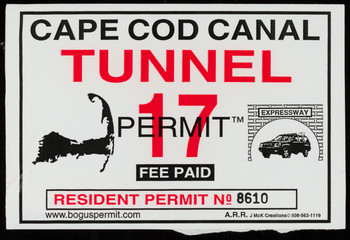whighlander
Senior Member
- Joined
- Aug 14, 2006
- Messages
- 7,812
- Reaction score
- 647
Proposal to rebuild Cape Cod Canal bridges turns to specifics
from the Cape Cod Times article

 www.capecodtimes.com
www.capecodtimes.com
from the Cape Cod Times article

Proposal to rebuild Cape Cod Canal bridges turns to specifics
Plan gets positive reception, although impact on Bourne raises concerns.
In a long-awaited report issued Thursday, the Corps recommended building new bridges parallel to the existing ones, envisioning each bridge as six lanes across, with two through lanes and one auxiliary lane in each direction.
The Corps also recommended adding shoulders, a median and a dedicated bicycle and pedestrian lane — all features lacking from the 84-year-old existing bridges....
The lane configuration of the bridge that the Corps presented in its draft recommendation is similar to the plan the Massachusetts Department of Transportation put forth in its Cape Cod Canal Transportation Study released earlier this year. The department study looked at making improvements to the roads leading to the bridges. ...
The bridges have come to the end of their useful life and are far from meeting modern-day road standards. In its initial analysis — which looked at scenarios such as replacing both bridges with a single bridge; the addition of a third automobile bridge not overseen by the Corps; replacement of the bridges with tunnels; and even filling in the canal — the Corps determined that the cost of replacement — about $1 billion — would be more practical than spending about the same for major rehabilitation and that full bridge closures that would be needed to keep the infrastructure up to par.

